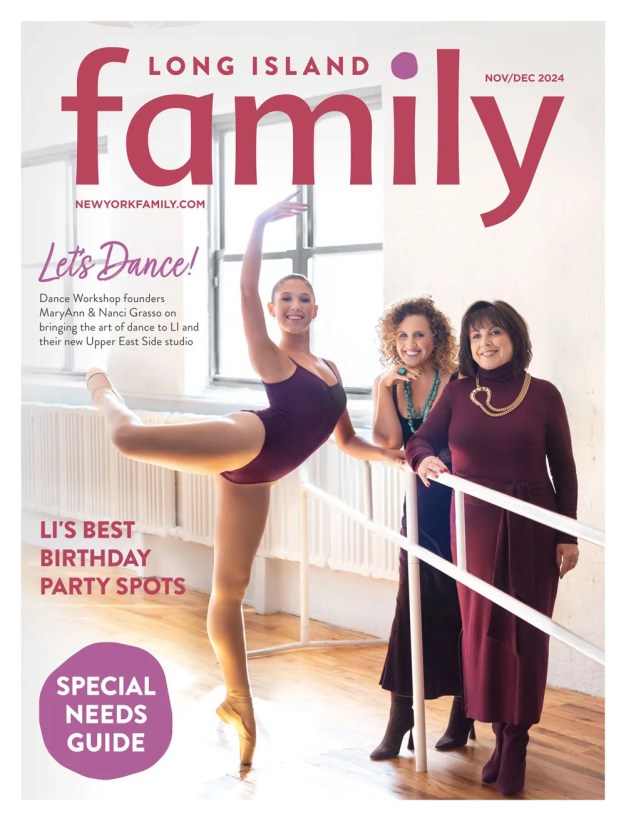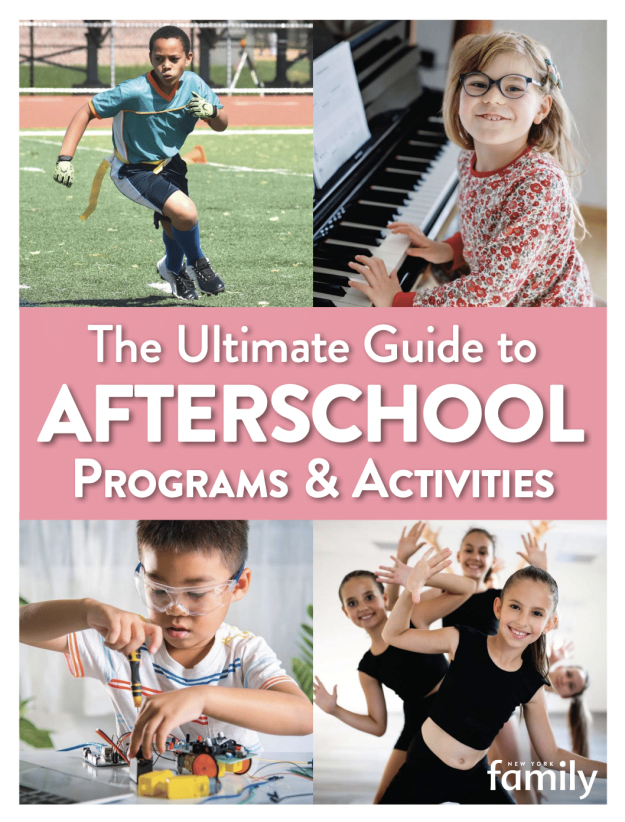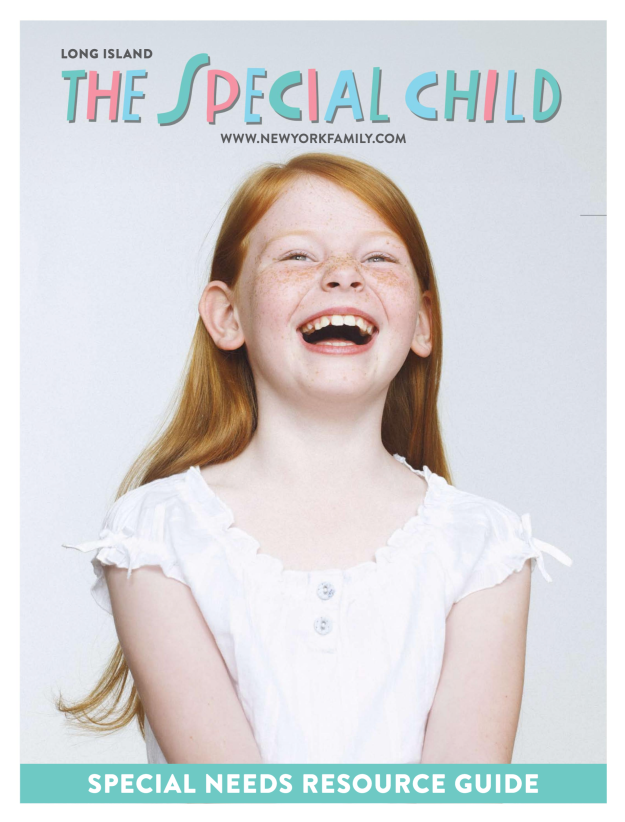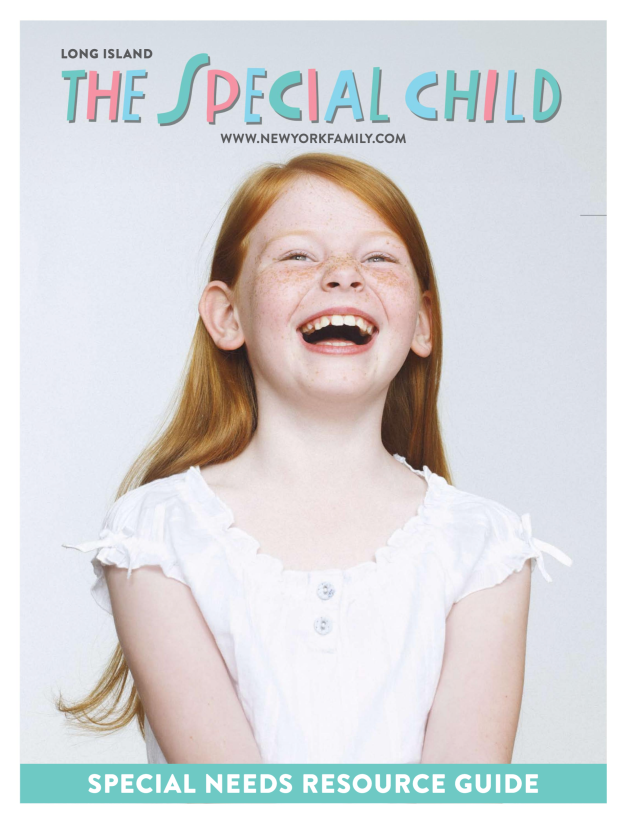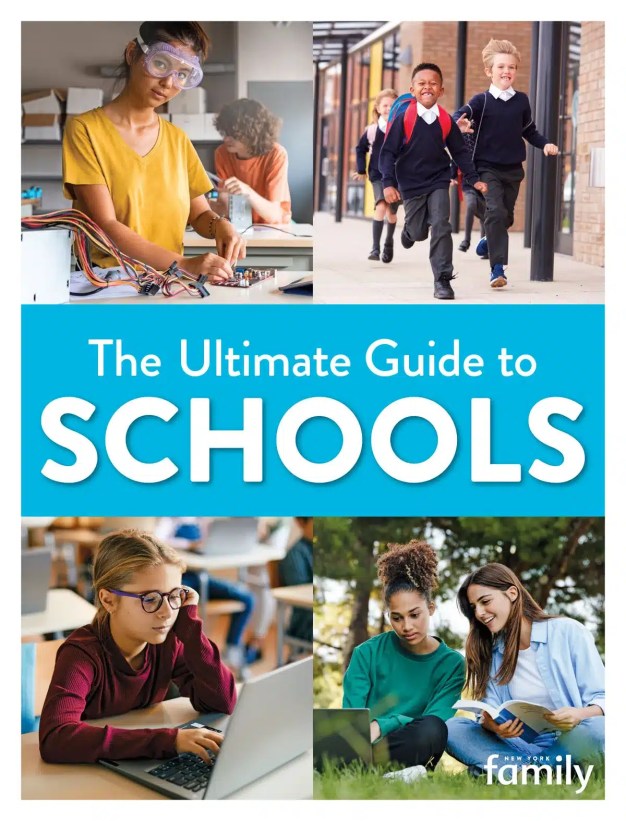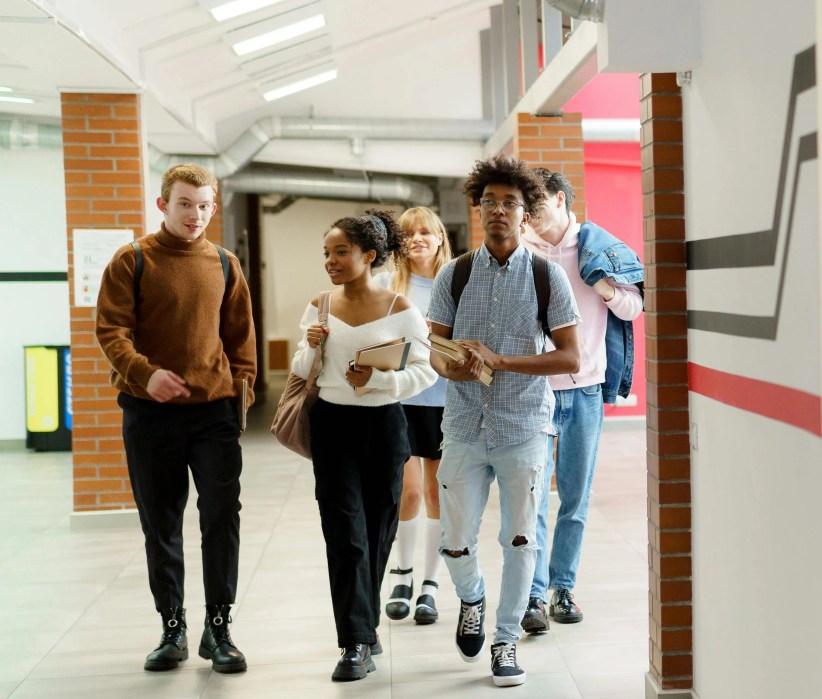American students sometimes display dismal performances when they make the leap from elementary to upper-level math. In the areas of creative problem solving, fluency of ideas, and mental agility, some students are falling short. Why?
Could it be that we are expecting teens to give up an important part of the learning process? In early years, we use pattern blocks and toothpicks to give our students pictures of new math concepts. Yet, when students graduate to algebra, geometry, or calculus courses, more “mature” learning techniques are favored rather than the tangible tools of math (manipulatives, games, and hands-on activities).
Unfortunately, what gets lost in that transition is a matter of brain function. More complicated math operations call more of the brain into action. Even though the sequential processing needed to perform a calculus problem may come from the left hemisphere, the right hemisphere is needed to access the big picture. Removing the tangible tools for seeing that big picture inhibits the student from tackling the problem with both sides of the brain.
A question of outcomes
Exceptional educators know that by attacking a problem or concept from the concrete to the abstract to the theoretical, students are able to interact with the material in a 360-degree fashion. My husband’s high school physics teacher was a genius at taking the abstract algebraic and calculus concepts used in physics and making them meaningful to the teenage mind. He used architecture, footballs, and model rockets to generate interest and make them think. He understood that math games don’t become obsolete when students reach a certain age. Instead, they simply morph from beans and teddy bear counters into activities with more of a “wow” factor.
That physics professor’s example forms a compelling case for the use of tangible education tools in the upper grades. It also raises the question of ultimate outcomes: what are we really trying to accomplish through math education? The discipline of math rests on a foundation of analytical abilities. Three of these — problem-solving competence, reasoning ability, and flexible thinking in application — are skills that cultivate a quick and agile brain by utilizing both hemispheres. Let’s take a closer look at how tangible math provides that type of 360-degree comprehension.
Creative problem solving
Mathematical concepts occur in relationship to one another. They build on each other, parlay off of one another, and because math is a step-dependent discipline, each step requires a correct answer to move the problem forward. Relationships like these are best discovered and analyzed with the help of symbolic representation. This is where tangible tools shine. As students are given a pictorial peg to hang a concept on, they can work through each step and see relationships they may otherwise overlook. In this way, manipulative tools accelerate understanding and let the mind process relationships, leading to creative solutions.
Fluency of ideas
Real success in upper-level math courses rests on the student’s ability to think mathematically rather than plugging numbers into formulas. Evidence of mastery involves explaining why a solution is valid. Hands-on activities provide an impetus for students to take a concept, internalize it, and bring it to a logical conclusion. After solving a problem in this manner, students have the confidence and understanding to defend their position.
Every time a student has access to symbolic representation of a problem, his brain is being conditioned to look for all possibilities. After he has examined alternatives and verified that his answer makes sense, he can better articulate reasons for those answers.
Mental agility
Mental agility is demonstrated when a student can switch between concepts to determine the most appropriate fit for a problem. Tangible math is a great tool for training the brain to wrap itself around the situation presented and apply the optimal concepts. Students begin by identifying known and unknowns using concrete tools. Then, they can take inventory of which concepts may apply, assess the information they have, and analyze what information they may need to look up. When new scenarios are presented, tangibles allow students to think of concepts as flexible and apply them appropriately. Flexibility in application demonstrates depth of comprehension.
Bring back the beans?
Maintaining the use of tangibles throughout the transition from elementary math gives you an opportunity to reframe upper-level math. If your teen understands that math is pictures, and that those pictures evidence concepts, then he has a basis on which to tackle more complicated math material with confidence. Turning complex problems into pictures in the mind by using manipulatives, games, and riddles makes the study of mathematics more personal, dynamic, and creative.
Leave the beans in the pantry, though, because you are no longer limited to elementary tools. A wide variety of creative and age-appropriate techniques are available to solidify complex mathematical concepts in the minds of your teenage students. Tangible tools for higher math have come a long way in recent years. Programs such as Mathematica are designed to create animations that help students play with and visualize concepts such as tessellations and spirographs. Prestigious universities utilize open-source software to make portions of their coursework available online. Riddles, games, and illustrations are bound together in subject-specific volumes, and are terrific resources for extra practice when necessary.
Put it into practice
If all of this seems a little too theoretical for comfort, check out some of the resources listed in the sidebar for more in-depth ideas on how to make math come to life for your high school student. In the meantime, here are a few examples to illustrate how you can implement tangible math in your current coursework:
• Use a Frisbee to determine different variables, such as wind speed.
• Pump up the water rockets and use triangulation to calculate height or speed.
• For the student whose mind is on driving, let him calculate the financing for that all-important first car.
• Take helium balloons (tied to strings) outdoors, and release them in order to study differing rates of climb.
• Let your more artistic student create a work of art using trigonometric functions.
• Use Riemann sums to estimate the area under the curve of an arch in your student’s favorite piece of architecture, or determine the volume of a cone using huge waffle cones (and calculus).
The Internet is a terrific resource for activities to integrate with whatever mathematical concept your student is currently studying. Simply type in a math term, for example, implicit differentiation, with the word activity or illustration, and you will be directed to many hands-on or electronic idea sources, including many that have been contributed by major universities.
Better yet, have your student do this research to design his own practical work. By taking this initiative, your student will become more familiar and comfortable when the time comes for the more self-directed nature of study he will encounter in college.
Final thoughts
Tangible math tools are critical for activating the entire brain in the quest to tackle the complex math concepts of high school. As your teen graduates to upper-level math courses, don’t underestimate the valuable role of tangible tools in the development of analytical skills.
Being able to creatively solve a problem, defend ideas, and apply concepts to new and different situations are skills that will help your students rise above and put them on the path to math success.
Heather Shanks, aka Professor Mom, is an author and researcher specializing in best practices in academic curriculum, character education, and learning styles. The Professor Mom website (www.professormom.net), is an education planning ministry for moms, providing low or no-cost resources and coaching to help families create an authentic home education. Shanks enjoys living and homeschooling with her husband, Professor Dad, and their two sons.
Copyright 2012, used with permission. All rights reserved by author. Originally appeared in the January 2012 issue of The Old Schoolhouse® Magazine, the trade magazine for homeschool families. Read the magazine free at www.TOSMagazine.com or read it on the go and download the free apps at www.TOSApps.com to read the magazine on your mobile devices.





